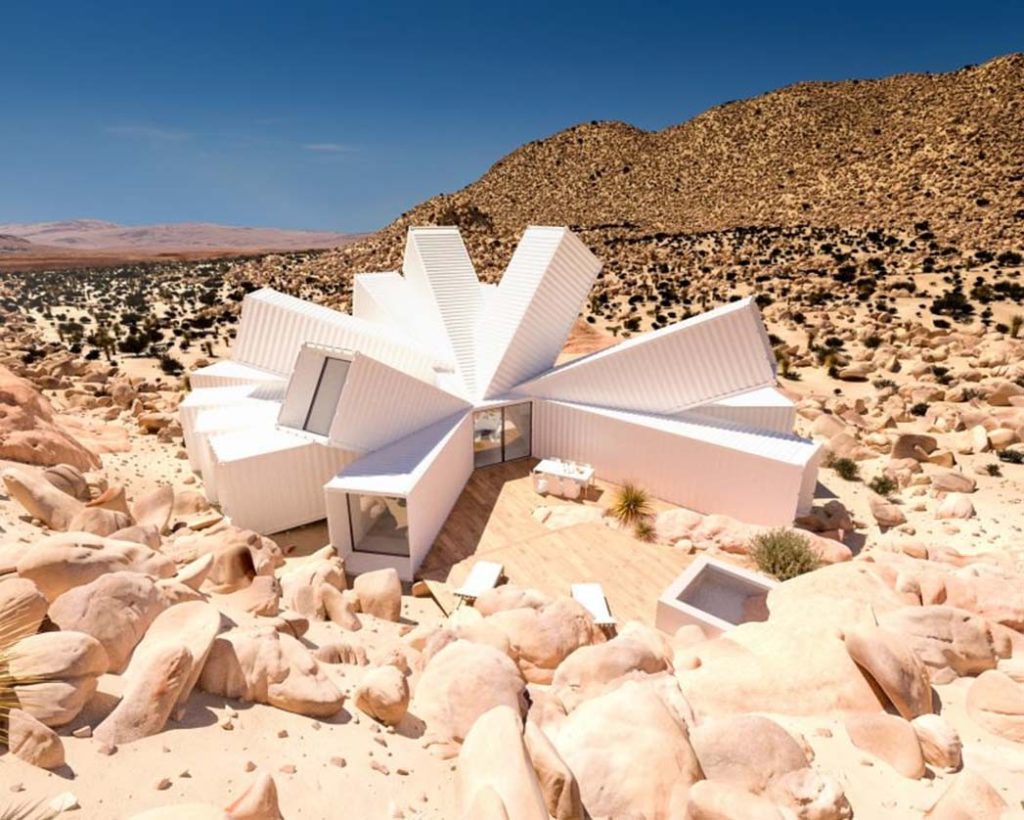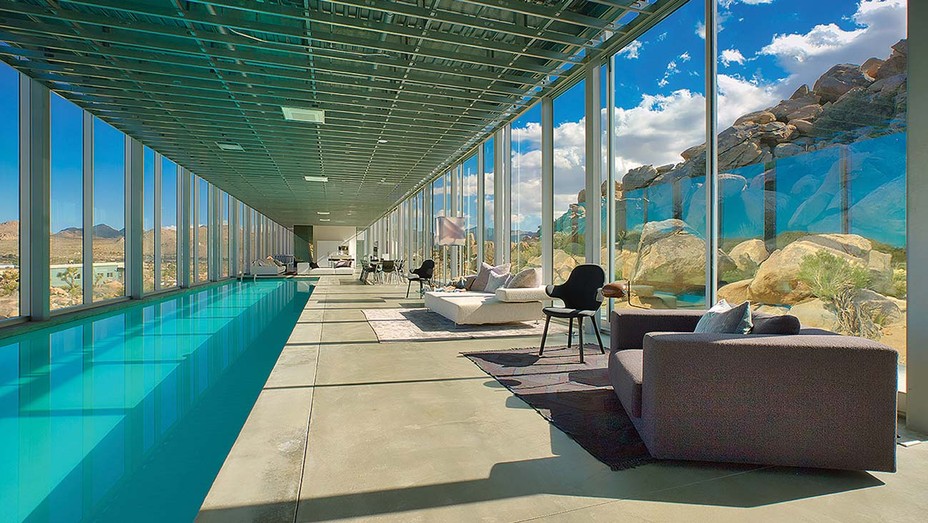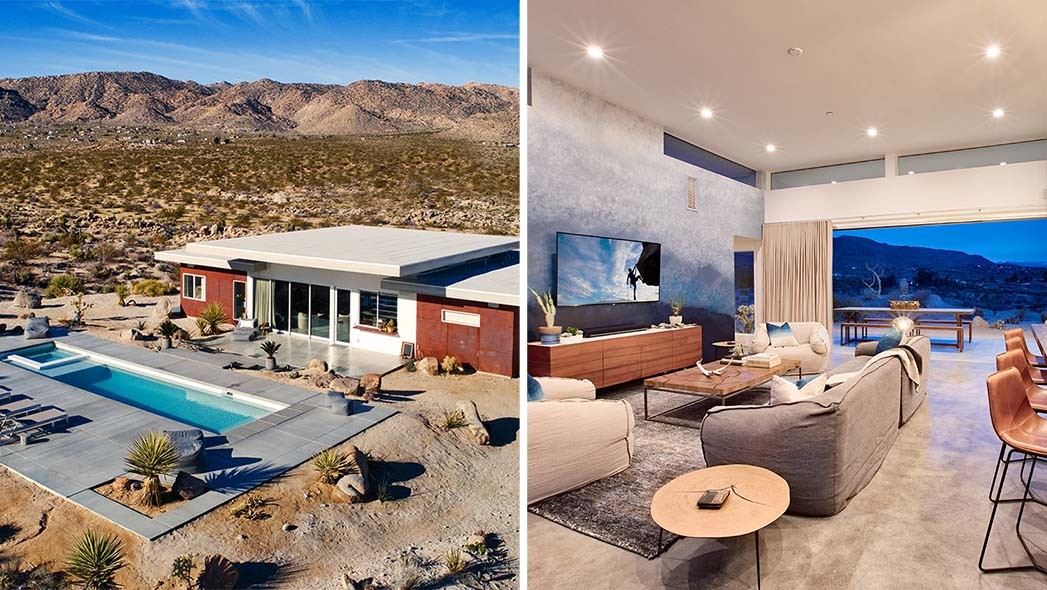Why is the High Desert area in California Is booming? Creatives are looking for an escape from the big city, Los Angeles.

The following written content by Hadley Meares
As creatives seek an escape from the big city, prices jump and cutting-edge architecture rises in the High Desert area: “Seventy-five percent of my clients are investors from L.A.”
During the golden age of Westerns, film crews would often make the two-and-a-half-hour trip to the Morongo Basin in San Bernardino County to shoot in the pristine, rugged desert. In 1946, actor Dick Curtis decided to monetize the location and banded with movie cowboys Gene Autry and Roy Rogers to create a wild West film location and settlement that they named Pioneertown.

The real cowboys already living in the area (north of what is now Joshua Tree National Park) weren’t too pleased. “Back when Pioneertown Corporation was hauling in potential land buyers and weekend tourists from Los Angeles, they set up a little ambush just as the buses got into town. A gang of armed men would ride up along the bus and force it to pull over,” says Pioneertown historian Kenneth Gentry. “They’d raid the bus and rob the driver. That was thought of as a fun way to introduce people to town.”
Despite the renegades’ best efforts, artists and iconoclasts would go on to homestead in the area, enamored by what film producer Chris Hanley (Spring Breakers) calls the “artistic freedoms in a rural High Desert minimalist setting of aloneness.” Early Joshua Tree converts included actress Ann Magnuson and artists Andrea Zittel and Ed Ruscha. UFO enthusiasts and theorists like George Van Tassel — creator of the area’s famed Integratron (a midcentury structure used today for sound baths) — also were drawn to the desert’s legendary “vibrations.”
Outlaw musicians of the 1960s and ’70s from Jim Morrison to Keith Richards to Donovan also spent time in the area. “Disruptive American iconoclastic artist Paul McCarthy bought the 200-acre [property] of Donovan, and once filled the abandoned estate empty pool with coca cola, as a performance art piece,” Hanley recalls. Most famously there was musician Gram Parsons, who died of an overdose at the Joshua Tree Inn in 1973, only to have his cohorts burn his body in the desert. Read more from The Hollywood Reporter.
Subscribe here
Advertisement:






